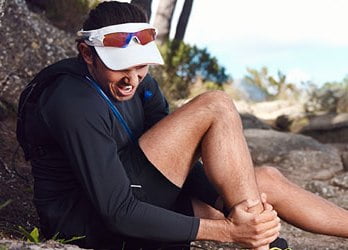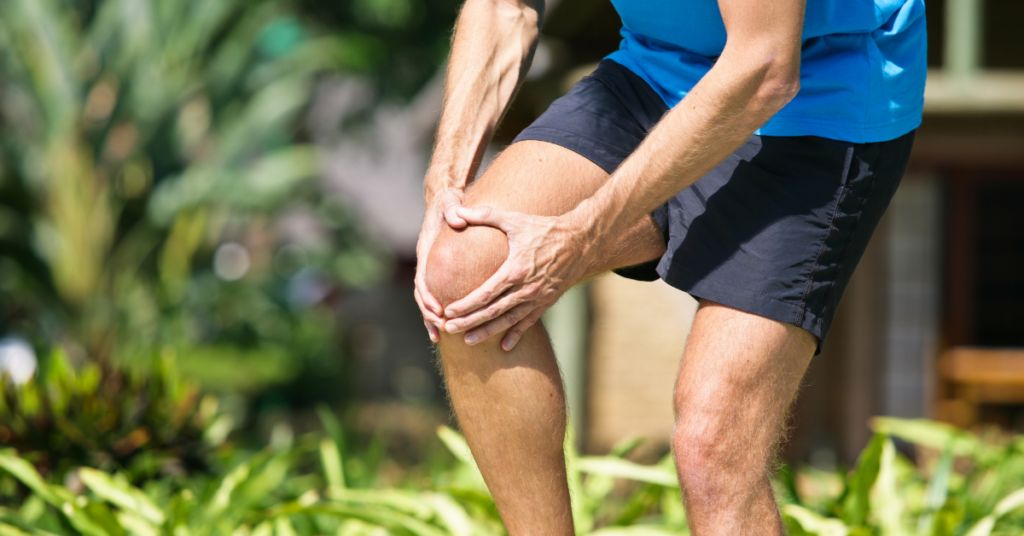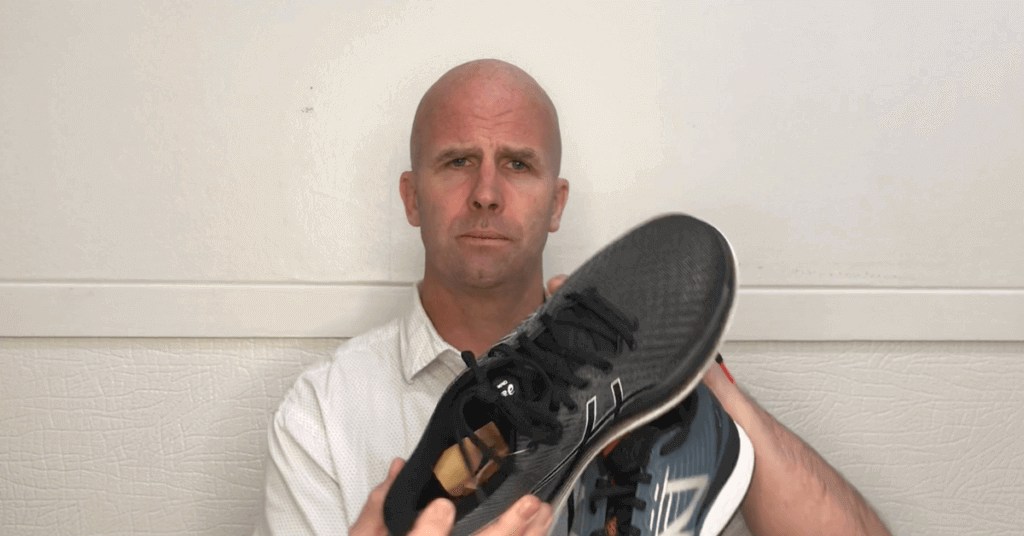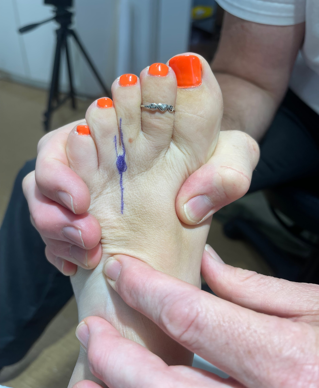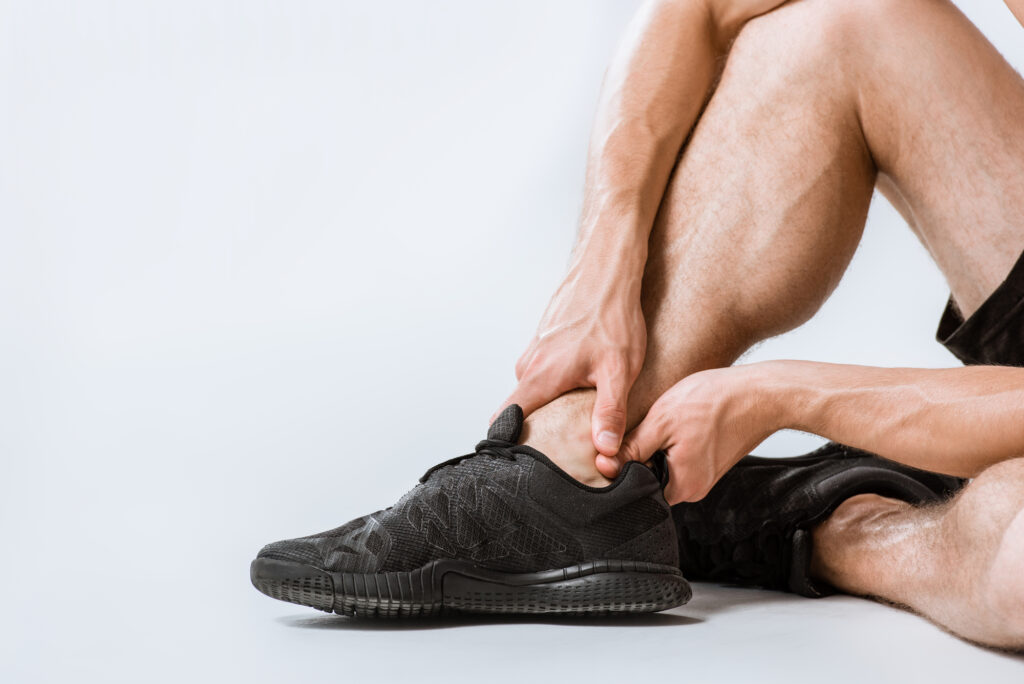Posts Tagged ‘footpain’
Tendon & Ligament Problems
Understanding tendons, ligaments & foot injuries and how a podiatrist can help Ligaments and tendons play a major role in keeping your feet and ankles stable, strong, and capable of handling everything from daily walking to intense sports. When something goes wrong with these structures, it can lead to pain, instability, and long-term issues if…
Read MoreCreaky Knees and Running – Mythbusters!
At Waikato Podiatry, we often hear concerns about knee pain, creaky knees, and the fear that running might damage the joints — particularly the knees. It’s a common belief that running causes arthritis. However, recent research suggests that this isn’t necessarily true. In fact, a publication in the British Journal of Sports Medicine has…
Read MoreWhat to Look for in a Shoe
How to Choose the Right Shoes for Your Feet When it comes to selecting the perfect pair of shoes, most people focus on aesthetics—colour, style, or brand. However, the most important factor should always be how well the shoe fits your foot. Wearing ill-fitting shoes can lead to discomfort, foot pain, and even long-term foot…
Read MoreMorton’s Neuroma
What is Morton’s Neuroma? Morton’s Neuroma is a painful nerve condition that affects the forefoot, specifically between the metatarsal bones. Despite its name, a Morton’s Neuroma is not actually a tumor but rather a fibrous thickening of nerve tissue, often caused by repeated compression or irritation. When the metatarsal bones are squeezed together, they apply…
Read MoreSelection of a shoe: 3 important things to consider
The selection of a shoe I would like to talk to you todayabout how to select the right shoe for you. We often get asked which brands of shoe are best, and we always advise the main three features that we need to look for are fit, function and feel. 1, Fit of the…
Read MoreWhy Do I Keep Rolling My Ankle?
Ankle Sprains It is Andrew from Waikato Podiatry here, and I have come to talk to you about recurrent ankle sprains, which are useful for anyone who keeps rolling their ankle. I recently read an article about this subject, and it found that 10% of people that have ankle sprains do no proprioceptive rehabilitation following…
Read MorePosterior Tibial Tendon Dysfunction
What is it Posterior Tibial Tendon Dysfunction? Posterior tibial tendon dysfunction (PTTD) is where the large tendon joining the bones in the arch of your foot to a large muscle in your calf becomes stretched and loses its strength and ability to function properly.This all occurs with pain and often swelling in the area, particularly…
Read More
